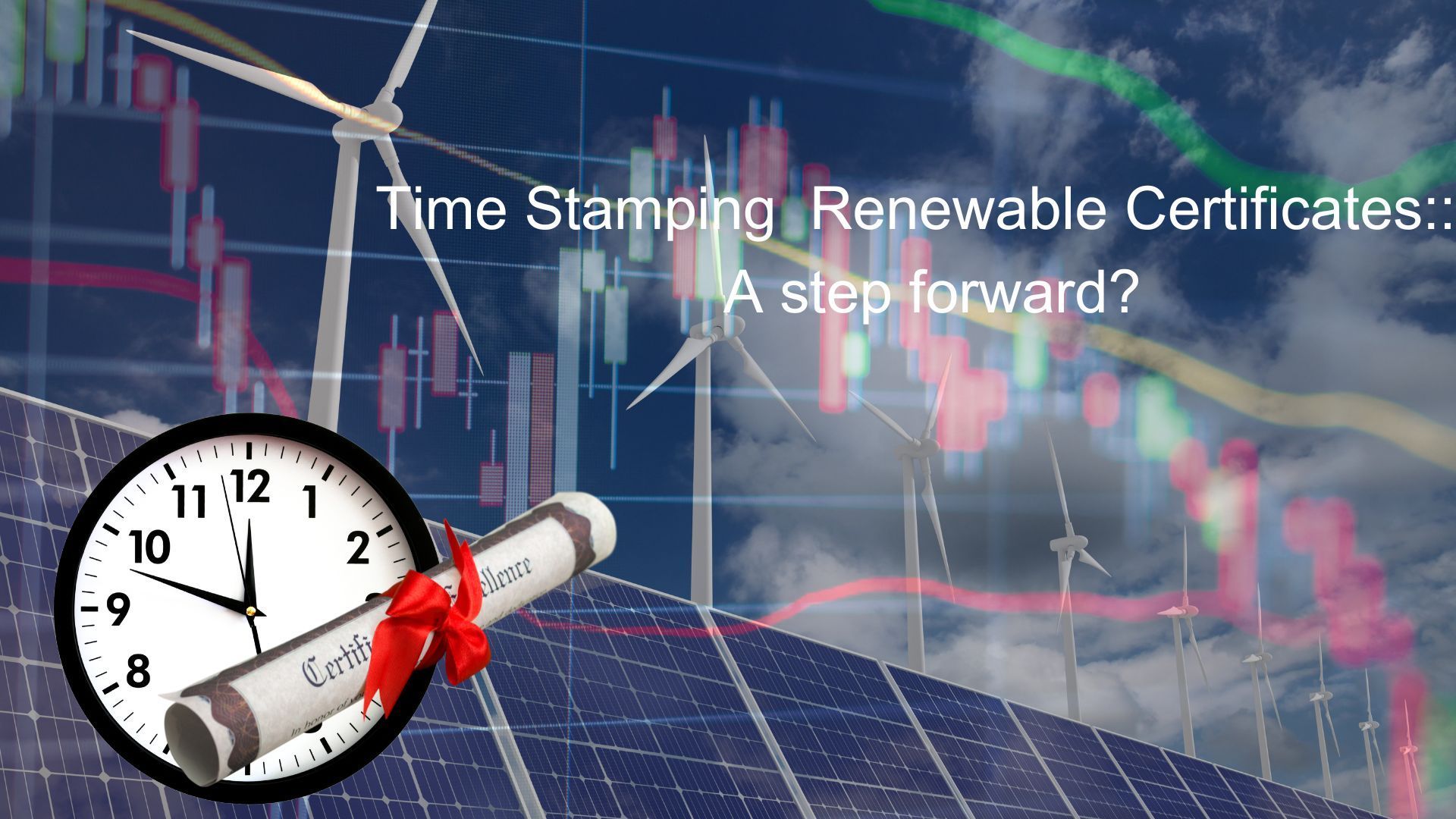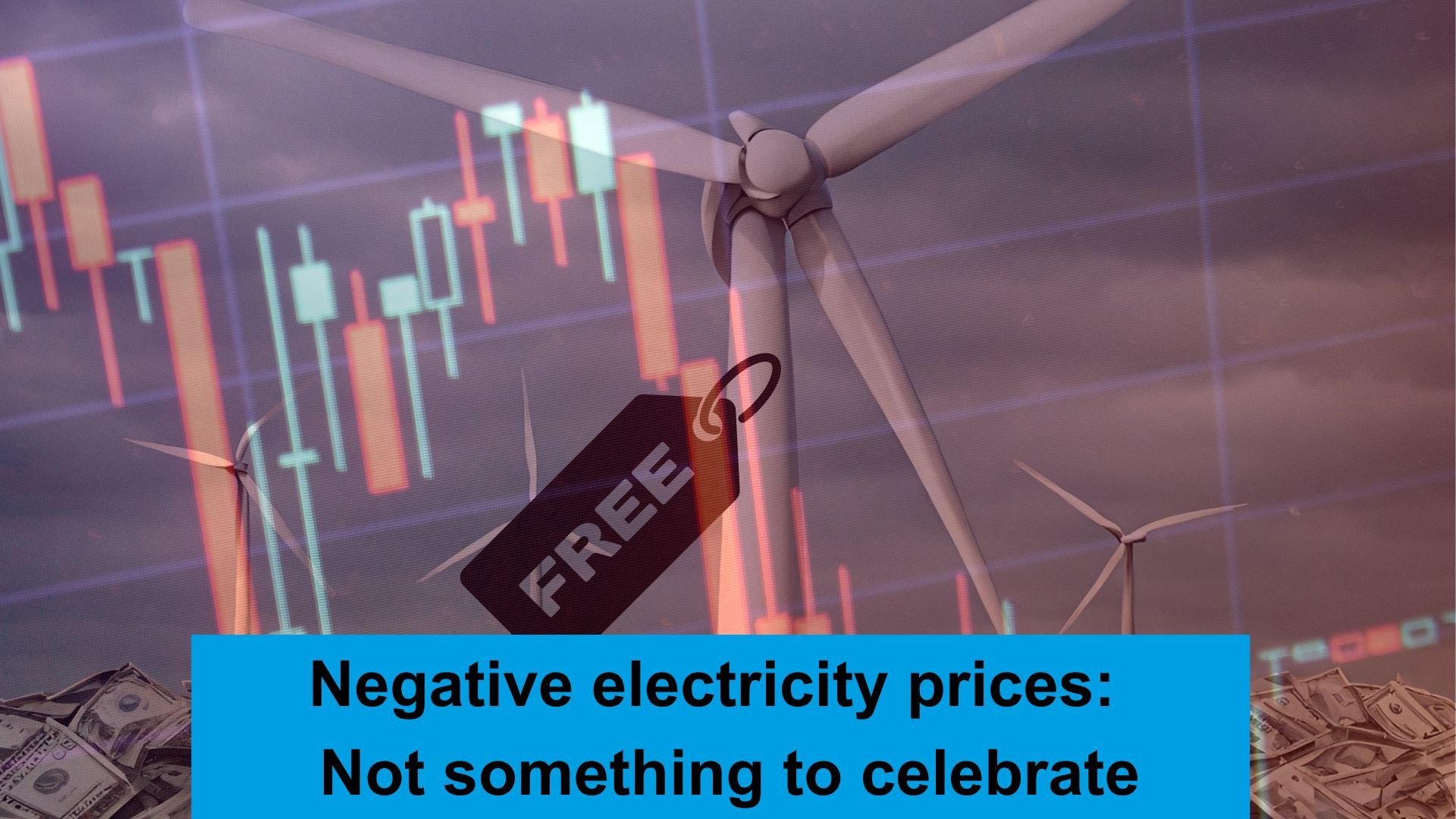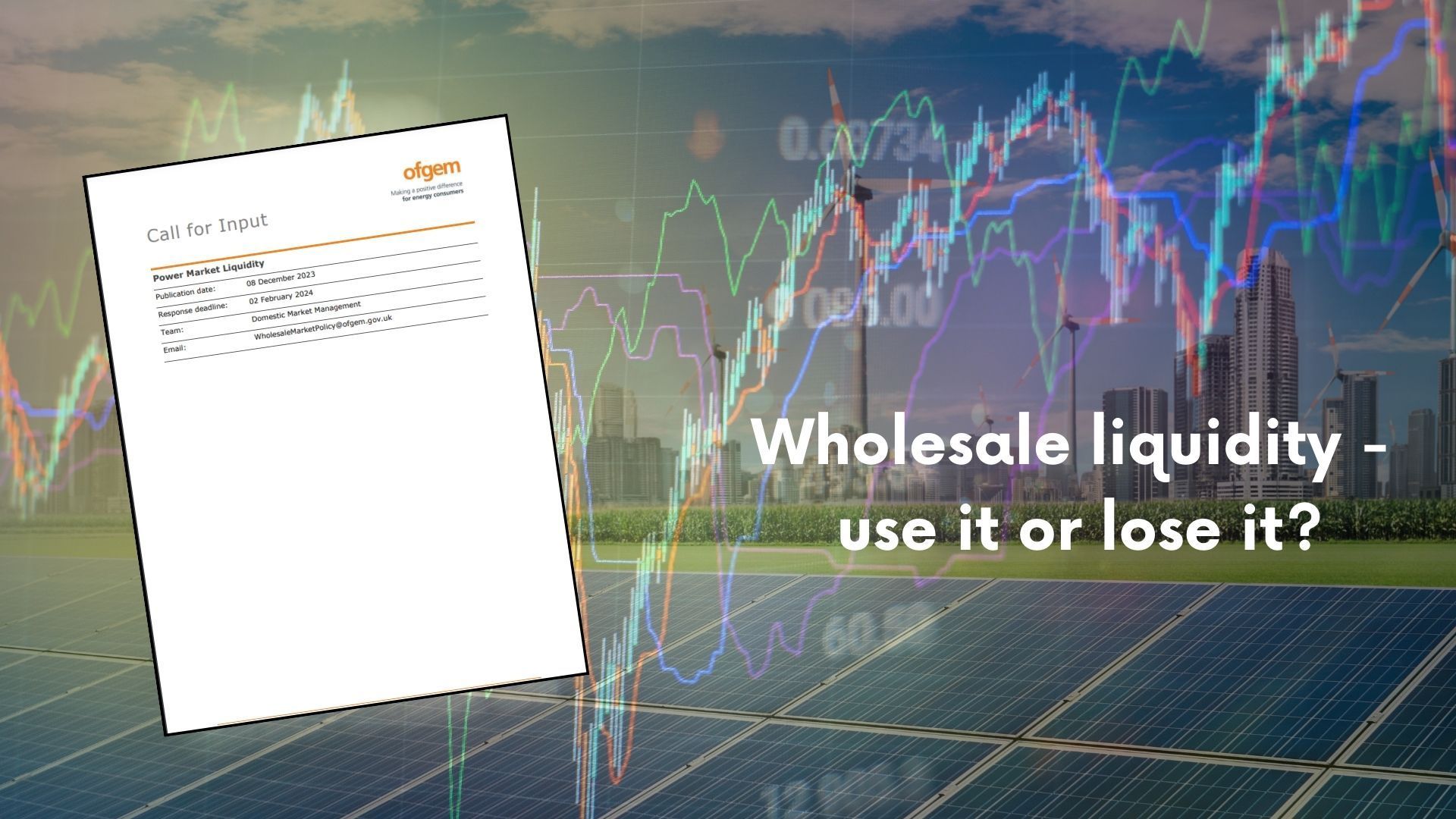Getting paid to consume electricity is increasingly common- why?

Imagine living in a town where there were so many coffee shops that coffee was not only free, but shops would pay you to take it away, rather than stopping making coffee.
Sounds crazy doesn’t it, but that is the world of electricity if you replace coffee shops with generators.
𝐒𝐨 𝐰𝐡𝐲 𝐢𝐬 𝐭𝐡𝐢𝐬 𝐡𝐚𝐩𝐩𝐞𝐧𝐢𝐧𝐠, 𝐚𝐧𝐝 𝐰𝐡𝐚𝐭 𝐝𝐨𝐞𝐬 𝐢𝐭 𝐦𝐞𝐚𝐧?
As with all market price movements, the short answer is that there are many more sellers than there are buyers. At certain times the sellers don’t want to stop producing their product even if short term prices are negative for reasons that will be explained below.
During the summer, at times of high wind, coupled with strong sun there are days when the amount of generation available exceeds the ‘normal’ level of demand.
𝐁𝐮𝐭 𝐰𝐡𝐲 𝐝𝐨𝐞𝐬𝐧’𝐭 𝐠𝐞𝐧𝐞𝐫𝐚𝐭𝐢𝐨𝐧 𝐣𝐮𝐬𝐭 𝐬𝐭𝐨𝐩 𝐚𝐭 𝐳𝐞𝐫𝐨 𝐩𝐫𝐢𝐜𝐞?
Ultimately, subsidies and inflexiblity distort the way prices are formed.
Subsidy payments, and renewable certificates are based on the amount of electricity that is produced – so provided the value of these is greater than the negative price it is more profitable to generate at negative prices that shut down.
For generators that have forward sold production, short term prices don’t have any impact. Whilst it may make commercial sense to reduce expected production and buy-back sales at a profit, as would have happened years ago, not all generators can or want to operate flexibly.
𝐖𝐡𝐲 𝐝𝐨𝐧’𝐭 𝐜𝐮𝐬𝐭𝐨𝐦𝐞𝐫𝐬 𝐣𝐮𝐬𝐭 𝐮𝐬𝐞 𝐦𝐨𝐫𝐞?
Most customers have forward purchased their requirements through a contract with a supplier. This price is fixed, so short term prices don’t provide any incentive to change behaviour.
Some customers are beginning to have flexibly priced contracts that would pass the signal to use more when wholesale prices are low.
Whilst negative prices should disappear in the long run as subsidy schemes finish, in the short run they are a feature that is occurring more frequently.
𝐃𝐨𝐞𝐬 𝐭𝐡𝐢𝐬 𝐦𝐚𝐭𝐭𝐞𝐫?
All fixed price contracts, whether for generation or supply will incorporate the changing price risks and weightings – so the impacts of negative pricing will be seen in a diluted form.
Overall, the behaviour of supply and demand is changing.
Flexibility is moving downstream, products are getting more complicated, opportunities and risks are growing. Finding the right support is key to making the right decisions.
Share this on social media
All Rights Reserved | Cielo Energy
REG NO: 11992760 | ICO REG NO: ZA757421










